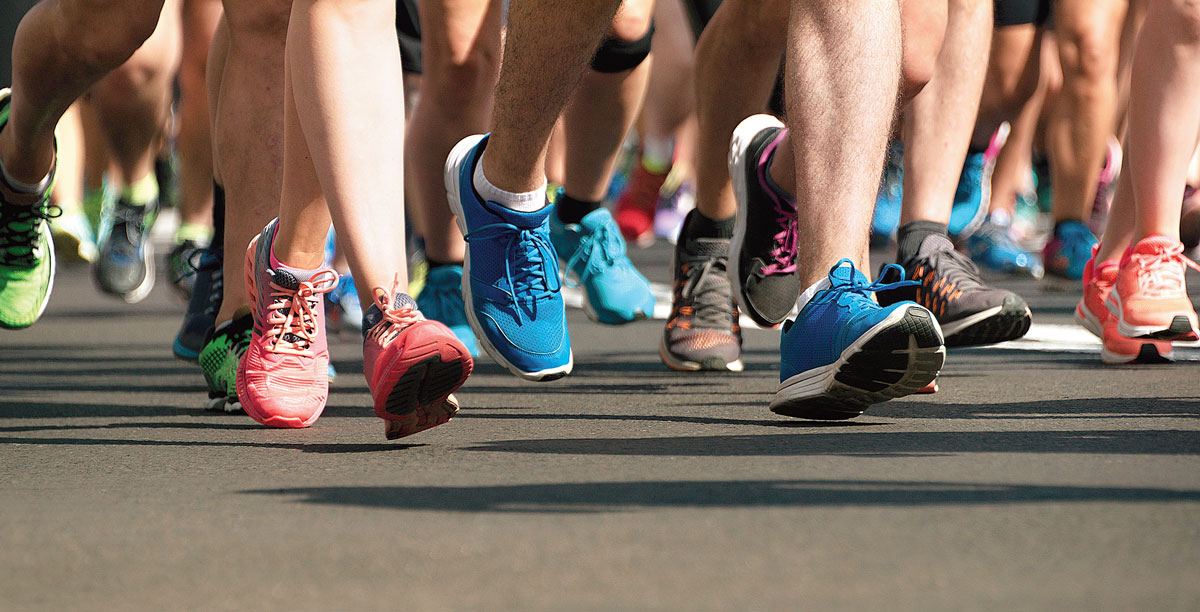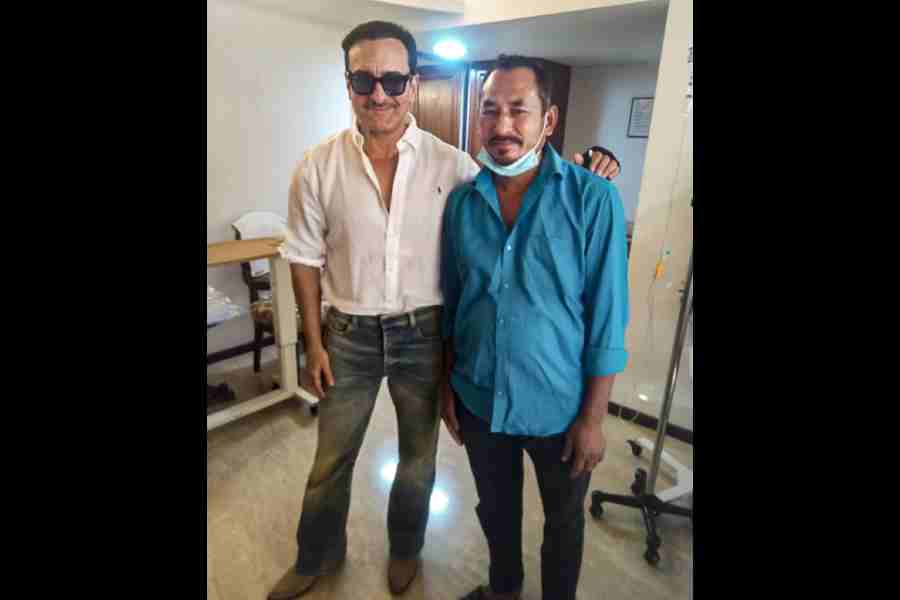The best way to start running depends on an individual and factors like previous running experience, quality of movement (running strides), injury and medical history. But there are a few rules that apply universally:
Don’t run too much too soon. Build volume gradually. Running is a long-term process. An individual needs to build the foundation first, working on quality stride mechanics and letting the body adapt to the new stimulus.
Start on a softer surface so that the joints can get used to the ground reaction forces that running generates. Surfaces like grass can be helpful initially.
Keep a track of your diet. Make sure you meet the necessary calorie requirements from the major energy sources such as essential fats, unprocessed carbohydrates and protein. An emphasis on important micronutrients such as magnesium and calcium should also be considered.
Emphasise striking with the mid-section of your feet when running, that is, avoid running on the tip of your toes or on your heels. Both scenarios are less than ideal as the body compromises on stability and puts more pressure on the joints.
Let them move
There is a lot of confusion about picking shoes, or, even not picking shoes. In general, shoes should fit the individual well without overly protecting, that is, changing the natural running mechanics of the individual. Shoes that provide too much heel lift and/or are too rigid will not allow adequate range of motion to occur around the ankles and the middle section of the feet.
This can stress other areas of the feet such as the toes (tarsal heads) and heel, and, in certain cases, the knees (excessive motion to compensate). If an individual has a specific foot condition such as excessive pronation, that is the medial aspect of the foot (above the big toe) tends to collapse inwards during runs, then a support can be provided after a proper assessment by a podiatrist.
There is also a fascination with barefoot running. It can help with proprioception (brain’s sense of body position), strengthen intrinsic feet muscles and avoid excessive heel striking. However, not every individual will be able to run barefeet easily and, therefore, it should not be forced upon anyone.
Today, barefoot running has almost become a fashion statement. A few studies based on rural African populations have reported positive outcomes. But it should be noted that these studies are based on people who never wore shoes and, therefore, barefoot running was a natural process for them.
For individuals who run in busy urban streets with lots of constraints, barefoot running can be challenging. So, they should not be obsessed with it. Certain benefits of going barefoot can be achieved walking inside homes and organised parks and fields too.
Rest tired feet
There are several ways to get rid of muscle soreness post-run:
Post-exercise nutrition: A combination of carbohydrate and protein such as yoghurt, peanut butter and banana can be consumed right after the work out within 30 minutes.
Hydration: A sweat loss calculator can give details of the consumption of fluids after runs. However, for every kilogramme of body mass lost through sweat, 1.5 litres of fluid — water with electrolytes can be used — should be consumed.
Ice baths: The lower body can be immersed for a total of 10-15 minutes. It can be annoying initially but the body will eventually get used to it and you will be able to relax.
Sleep: A minimum of seven to nine hours of sleep will be required for the body to recover completely.
Slow relaxed breath cycles: This kind of breathing can help to shift the body into a more parasympathetic state (relaxed). Being in a comfortable position, slow inhalation and exhalation can be incorporated for a total of five minutes.
Kaushik Talukdar is the founder and CEO of Athlete Institute. He tweets at CoachKaushik










